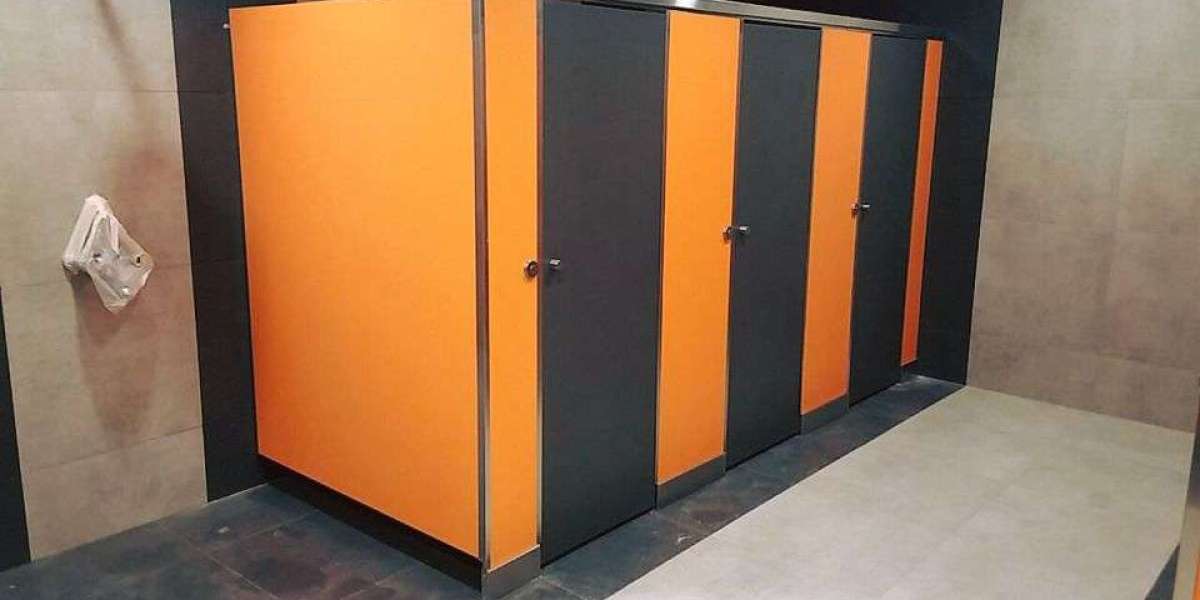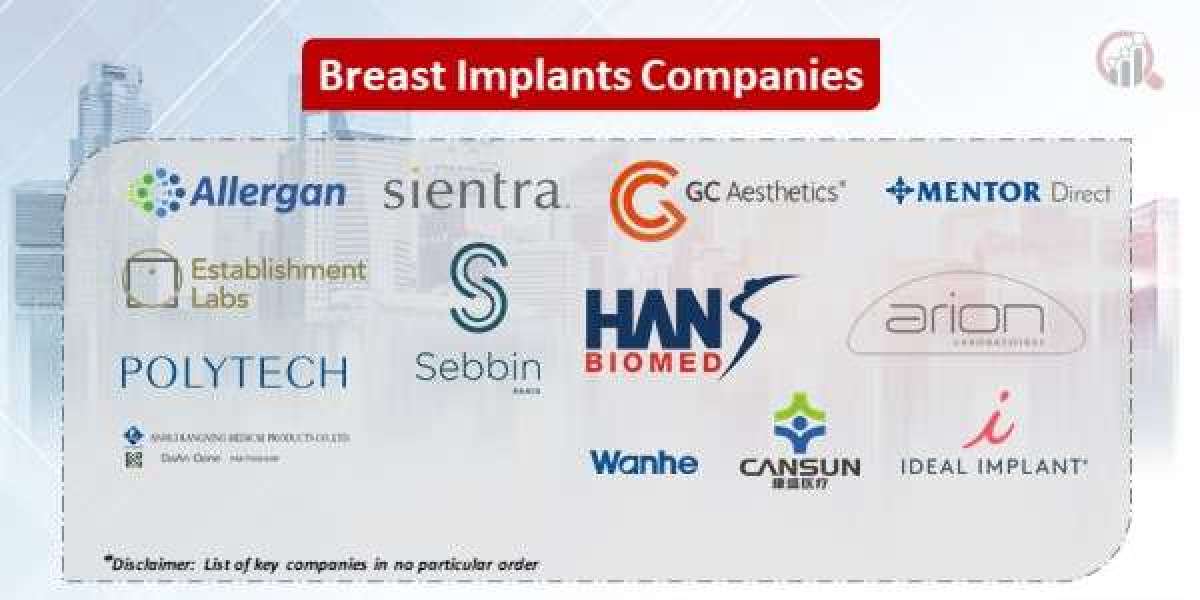Environmentally Friendly Materials
When considering the sustainability of toilet cubicles, material choice plays a critical role. Many manufacturers now use recycled and recyclable materials to reduce their environmental impact. Compact laminate panels, for instance, are often made from materials sourced from sustainably managed forests. Moreover, materials like recycled plastic are also becoming popular for producing toilet cubicles, as they offer both durability and minimal environmental impact.
Low-emission adhesives and coatings are also used to ensure that harmful volatile organic compounds (VOCs) are minimized. This not only contributes to better indoor air quality but also aligns with certifications like LEED (Leadership in Energy and Environmental Design).
Water Efficiency in Restrooms
While toilet cubicles themselves do not directly use water, the overall design of a restroom influences water consumption. Businesses are increasingly focusing on water-efficient solutions, such as sensor-based flush systems, to reduce waste. Sensor-activated flushing reduces the chances of human error or negligence leading to unnecessary water use, making restrooms more eco-friendly.
Pairing efficient cubicles with low-flow or dual-flush systems can drastically reduce water consumption, an especially important factor in areas experiencing water scarcity or for businesses wanting to present themselves as responsible stewards of the environment.
3. Life Cycle and Durability
A key factor in sustainable toilet cubicles is their longevity. The durability of materials such as compact laminate or stainless steel ensures that the cubicles have a long lifespan, which reduces the need for frequent replacements and the associated environmental costs. A well-maintained cubicle can last for decades, keeping waste to a minimum and making it a more sustainable choice over time.
Customization and Design Flexibility in Toilet Cubicles
Toilet cubicles are no longer a one-size-fits-all solution. The demand for customized and personalized cubicle designs is growing as businesses increasingly look for ways to differentiate their facilities and better serve their target audiences. Customization involves everything from color schemes to specialized hardware that meets the specific needs of different users.
1. Brand Alignment and Aesthetics
Toilet cubicles are a great opportunity to reinforce brand identity. Customization allows businesses to incorporate brand colors, logos, and specific materials that align with their overall branding. For example, boutique hotels may choose to create cubicles that use materials and designs that complement their specific aesthetic—such as wood-effect laminates for a rustic theme or bold colors for a more contemporary feel.
Patterns and graphics can also be applied to cubicle panels to add character. High-resolution printing technology now allows for intricate designs or imagery, transforming plain cubicles into design features that reflect the identity of the establishment.
2. Specialized Hardware and Features
To enhance functionality, many manufacturers offer customizable hardware. Locks, handles, and hinges can be designed for improved ease of use, safety, and alignment with the overall design. Options for integrated coat hooks, bag shelves, and even phone holders are available to improve user convenience.
Advanced customization can also involve incorporating smart features. For example, occupancy indicators with integrated LED lights can signal whether a cubicle is in use, enhancing efficiency in high-traffic restrooms and reducing waiting times.
3. Diverse Color Palettes and Finishes
Businesses are moving away from standard white or beige cubicle panels and are instead opting for diverse color palettes that complement their space. The color of toilet cubicles can influence the overall mood of the restroom, with different hues chosen for different environments. Vibrant colors may be ideal for schools or children’s facilities, while soothing blues or greens may work best for wellness centers and spas.
Surface finishes can also be customized to create a premium feel. From matte surfaces that reduce glare to glossy finishes that reflect light, the choice of finish can impact both aesthetics and functionality. For example, matte surfaces tend to show fewer fingerprints, making maintenance easier, while glossy surfaces can give a high-end shine suitable for luxury venues.
Innovative Safety Features in Toilet Cubicles
Safety within restrooms, including cubicle areas, is a priority for businesses aiming to ensure the well-being of users. Toilet cubicle manufacturers are constantly innovating to introduce features that enhance safety for a variety of users, including children, elderly individuals, and those with disabilities.
1. Emergency Access and Safety Locks
One of the most significant features when it comes to safety is the emergency access mechanism. In public restrooms, safety locks that allow external access in case of an emergency are vital. These locks enable authorized personnel to unlock a cubicle from the outside without damaging it, which is crucial if a user requires assistance inside the cubicle.
Many cubicles are now fitted with thumb-turn locks that are easy to operate, even for children and elderly users. Additionally, these locks can have visible indicators, such as red or green lights, to signify occupancy, thus minimizing disruptions while ensuring safety.
2. Anti-Finger Trap Hinges
Safety can also be improved through the use of anti-finger trap hinges, especially in environments where children are present, such as schools or family entertainment centers. These hinges are designed to minimize the gap between the door and the frame, reducing the risk of fingers getting trapped. This is an important consideration for facilities that cater to families and young children, ensuring that restrooms are safe for everyone.
3. Slip-Resistant and Anti-Bacterial Surfaces
Restroom floors are prone to becoming wet, creating a risk of slips and falls. Modern toilet cubicle systems are often paired with slip-resistant flooring to improve safety, particularly in environments like gyms, pools, or recreational centers where floors are frequently wet.
Moreover, the inclusion of anti-bacterial surfaces on toilet cubicle panels contributes to a more hygienic and safer environment. These surfaces prevent the growth of bacteria, ensuring that restrooms remain safe for users even during peak hours. Such measures are especially important in medical facilities and other health-sensitive environments.
User-Centric Innovations in Toilet Cubicles
In designing toilet cubicles, businesses are focusing more on the overall experience, seeking to provide a user-centric approach that ensures comfort and convenience. Recent innovations are redefining what users expect from public restrooms.
1. Smart Occupancy Sensors
Smart technology is revolutionizing restrooms, providing both convenience for users and data for facility managers. Occupancy sensors integrated into cubicle doors can provide data about which cubicles are occupied and for how long. This information can help facility managers identify busy times, plan maintenance more effectively, and optimize the availability of restrooms.
Moreover, some modern systems use mobile apps to allow users to see which cubicles are available without physically checking each one. This is especially useful in high-traffic locations like airports or shopping malls.
2. Ambient Features for Comfort
To improve user comfort, some businesses are now incorporating ambient features such as adjustable lighting and even music within toilet cubicles. These features create a pleasant and relaxed environment, which is particularly relevant in luxury venues such as high-end hotels, spas, and resorts. Lighting that automatically adjusts based on occupancy helps create a relaxing atmosphere while ensuring optimal visibility.
Some restrooms also include temperature control features to maintain a comfortable environment, particularly in winter, ensuring that users feel at ease even in cold climates.
3. Universal Design for Enhanced Accessibility
Universal design ensures that restrooms and toilet cubicles are accessible to everyone, regardless of age, ability, or mobility. Modern toilet cubicles designed with universal accessibility in mind include features such as extra-wide doors, support bars, and adequate space to accommodate wheelchairs or caregivers. The design of such cubicles takes into account not only those with permanent disabilities but also people with temporary mobility issues, such as pregnant women or individuals with injuries.
Maintenance and Hygiene Innovations
Proper maintenance and ensuring hygiene are two core aspects that determine the quality and longevity of toilet cubicles. Innovations in these areas are helping businesses maintain clean, hygienic, and durable restroom facilities.
1. Easy-Clean Surfaces
Cubicle panels are now available with easy-clean surfaces that make routine maintenance much easier. These surfaces are designed to be stain-resistant and non-porous, ensuring that dirt and grime do not accumulate easily. Anti-graffiti coatings are also available for public restrooms prone to vandalism, reducing the cost and frequency of repairs.
2. Automated Cleaning Systems
Some high-tech restrooms have introduced automated cleaning systems, which are integrated into cubicles to periodically clean surfaces, ensuring consistent hygiene levels without requiring constant staff intervention. These systems are ideal for facilities such as airports, where maintaining high hygiene standards is essential due to the large number of users.
3. Optimized Airflow for Odor Control
Integrated ventilation systems are being incorporated into cubicle designs to optimize airflow and control odors effectively. Proper airflow is crucial for maintaining a fresh and pleasant restroom environment, especially in areas with high usage. These systems can be automated to adjust based on occupancy levels, ensuring consistent air quality and reducing unpleasant odors.
Conclusion
Toilet Cubicle Manufacturers are an integral part of modern restrooms, evolving from simple stalls to sophisticated units that cater to aesthetics, privacy, safety, and sustainability. The combination of customization, user-centric







